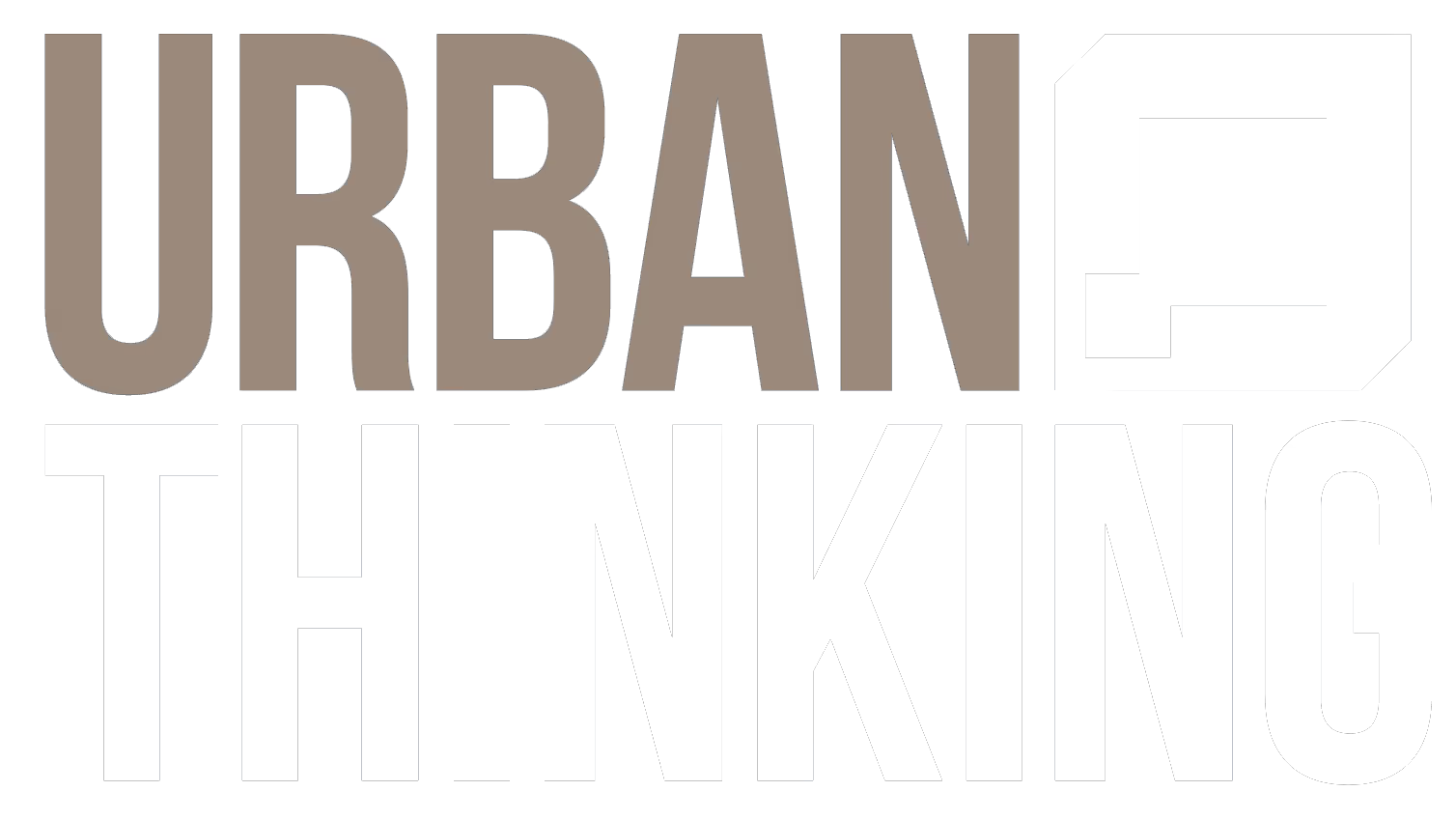— Environmental Impact
Section 61
Section 61 of the Control of Pollution Act 1974 covers noise-control measures on construction sites, and the associated applications, conditions and consents for works.
Over the years, Urban Thinking has worked successfully on this issue with numerous clients in the fields of construction, rail and infrastructure, liaising with local authorities to obtain the documentation and permissions that enable a project to go ahead in an urban environment.
We take ownership of the process, creating the templates for submissions, making applications in our client’s name and advising on any queries and issues that might arise.


